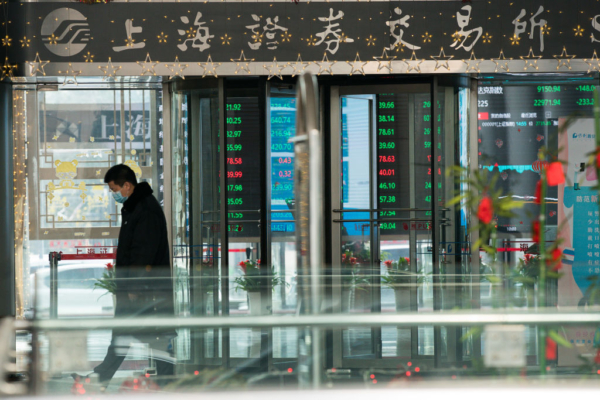As Chinese listed companies gradually disclose their semi-annual reports, the operating performance of public fund companies for the first half of 2025 has come to light, showing intensified industry differentiation. Many companies saw a decrease in net profit or even incurred losses, leading to increased profit pressure for small and medium-sized institutions, with some needing shareholder support to sustain their operations.
According to data from Wind, among the fund companies with net profits ranging from 500 million to 1 billion yuan, three companies experienced revenue growth but a decline in net profit. Tianhong Fund recorded a net profit of 917 million yuan in the first half of the year, down 2% year-on-year; CMB Fund’s net profit was 789 million yuan, a decrease of 6.81%; and Huaxi Fund’s net profit was 500 million yuan, down 3.67% from the previous year.
Among the fund companies with net profits ranging from 100 million to 500 million yuan, seven companies saw a decline in net profit. For instance, Huatai Bairui Fund’s net profit was 204 million yuan, a significant drop of 36.16%; Huatai Riches Fund’s net profit was 480 million yuan, down by 30.43%; CICC Schroder Fund and Da Cheng Fund both experienced a decrease in net profit of over 15% year-on-year.
The number of fund companies with net profits between 0 and 100 million yuan was the highest, showing significant divergence in profit growth rates, with some companies experiencing a substantial decrease in net profit. Xinda Oceania Fund’s net profit in the first half of the year was only 3.7836 million yuan, down by 75.9% year-on-year; Dongxing Fund’s net profit was 5.1353 million yuan, a decrease of 76.32%; and Guojin Fund’s net profit was 2.4644 million yuan, a decline of 81.37%.
The situation of losses is particularly noteworthy. Among the fund companies that have disclosed data, at least nine companies were unable to make a profit in the first half of the year. For instance, Nan Hua Fund and Zhejiang Merchant Fund shifted from profit to loss compared to the same period last year, with Nan Hua Fund incurring a loss of 6.1792 million yuan and Zhejiang Merchant Fund facing a loss of 10.5083 million yuan. Other institutions, although narrowing their losses, remained in the negative, such as Donghai Fund with a loss of 936,100 yuan, Sunxin Fund with a loss of 26.69 million yuan, Red Tower Red Soil Fund with a loss of 22.0668 million yuan, Jiutai Fund with a loss of 17.7317 million yuan, Huaxi Fund with a loss of 10.1791 million yuan, Runda Fund with a loss of 4.2434 million yuan, and Jiangxin Fund with a loss of 13.6261 million yuan.
The situation of losses at Jiangxin Fund is severe. Its shareholder Guosheng Securities disclosed that they have agreed to provide a loan of up to 30 million yuan to supplement daily operating funds. They will also extend the previous loan of 15 million yuan, bringing the total loan amount to 45 million yuan.
Looking at the performance of the 28 fund companies that have announced their results, the loss-making institutions are mostly small and medium-sized. Companies like Huaxi Fund, Zhejiang Merchant Fund, and Jiangxin Fund have incurred losses exceeding 10 million yuan, while Sunxin Fund, Runda Fund, and Nan Hua Fund also reported net losses. These companies generally have a single line of business and insufficient competitiveness, putting them at risk of falling behind in market competition.

